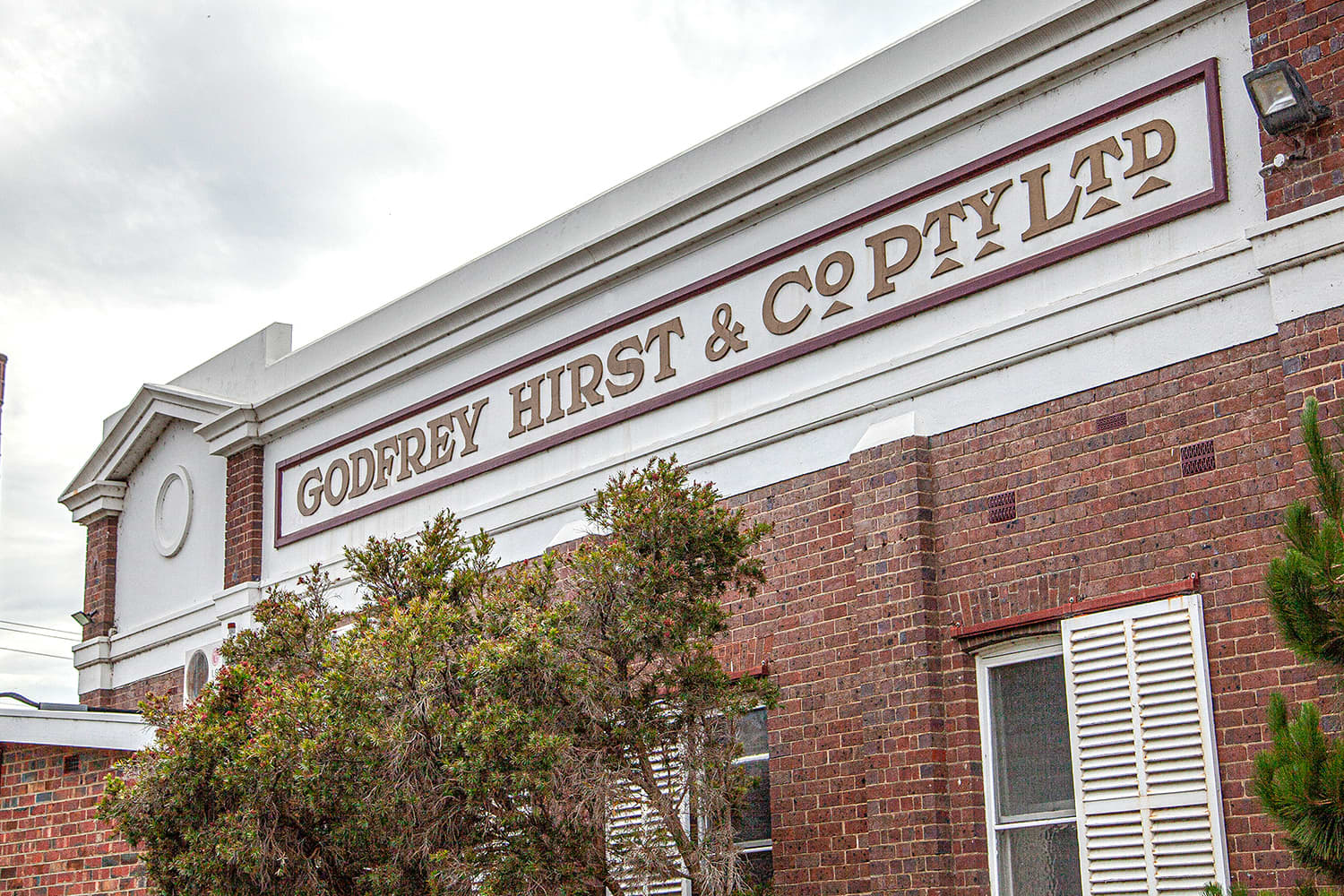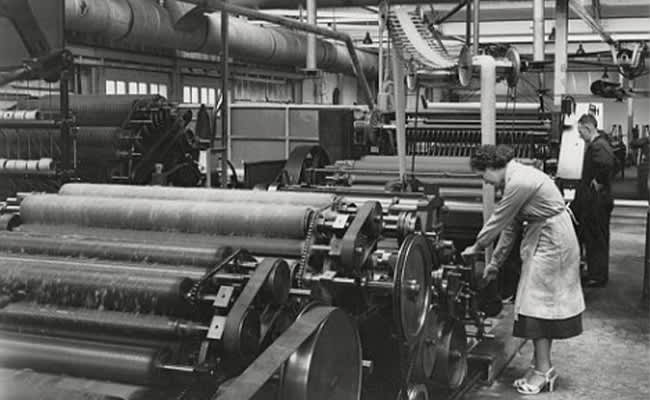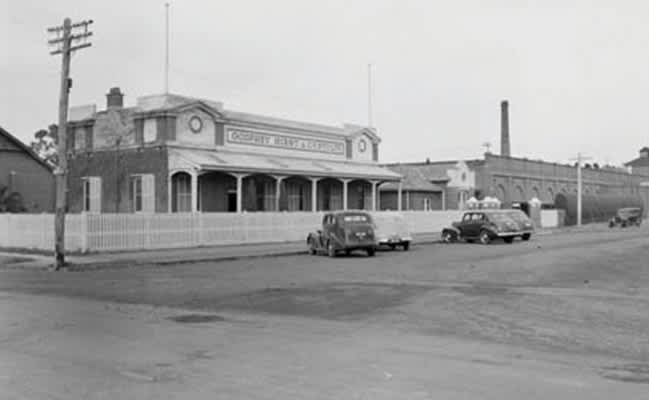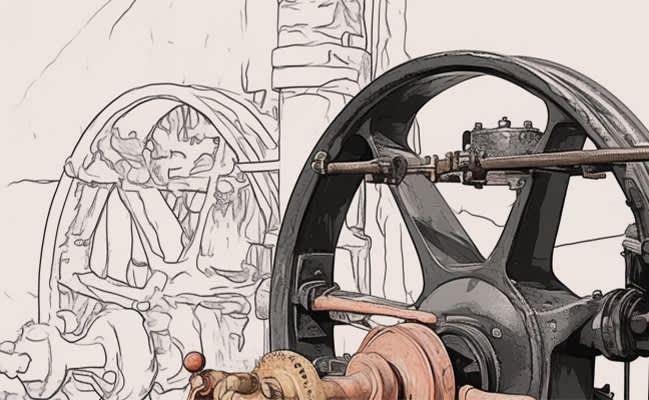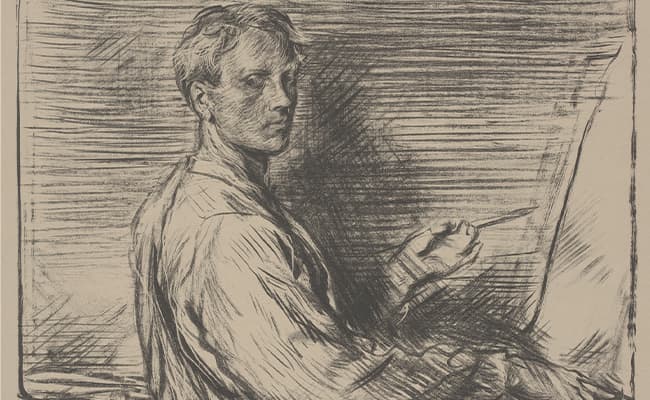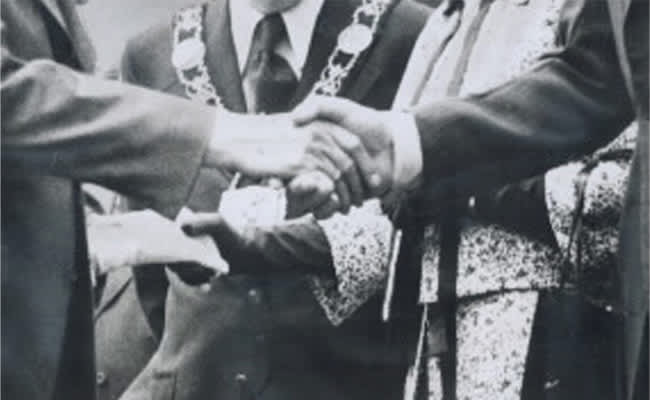Strength To Strength - 160 Years Of Local Manufacturing
Godfrey Hirst is privileged to draw on 160 years of manufacturing experience in Australia and New Zealand. The Godfrey Hirst name is truly synonymous with Geelong, dating back to 1865, when the Victorian Woollen and Cloth Manufacturing Company was established as one of Victoria’s first textile mills.
Godfrey Hirst was an Englishman, the son of Charles Hirst, a spinner. Trained as a weaver in his family business, Godfrey arrived in Victoria in search of a warmer climate, hoping it would improve his health. He initially worked as an insurance agent but soon took an interest in the struggling Victorian Woollen & Cloth Manufacturing Co. At the time, the company was faltering in a declining market and was considering chasing cheaper imports. Hirst, however, believed there was a future in quality local production.
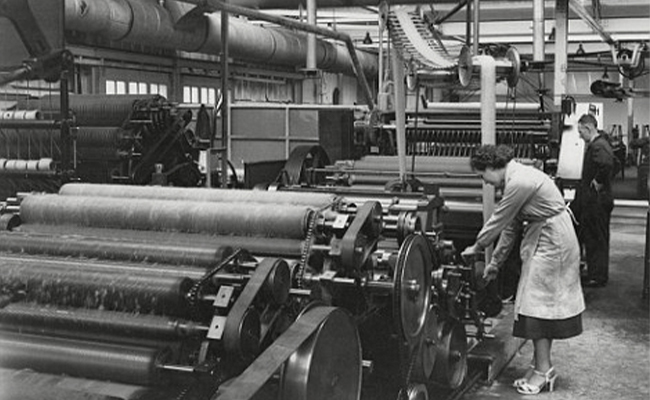
In 1888, Hirst launched his own business, renting a shed in Fyans Street and building his own loom. Using yarn supplied by his former employers and the Albion Mill, he began manufacturing flannels. Despite a lull in the industry, Hirst thrived, moving to larger premises in 1889. In partnership with Charles Shannon, a wool broker, and Charles Smith, a fellmonger, he purchased the derelict Barwon Woollen Factory in July 1890. The factory was renamed the Excelsior Number One Mill, with Hirst personally overseeing raw materials and sales. By 1895, it employed around one hundred people.
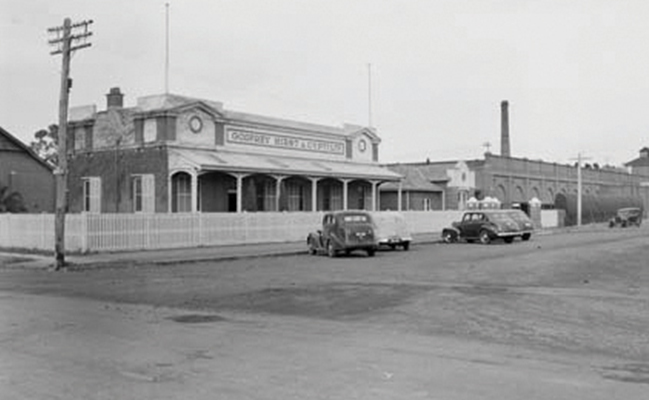
In 1899, the adjoining Victorian factory was acquired and refurbished as the Excelsior Number Two Mill. Boosted by interstate free trade following Federation and government contracts during World War I, the company’s payroll grew to more than 300 employees by 1917. The product range also expanded to include blankets, rugs, tweeds, worsteds and flannels.
Following the death of Charles Smith in 1908, the business was incorporated as Godfrey Hirst & Co. Pty Ltd in October 1909. After a fire destroyed the Number One Mill in March 1912, Hirst returned to England in search of the latest machinery - something he had also done in 1911.
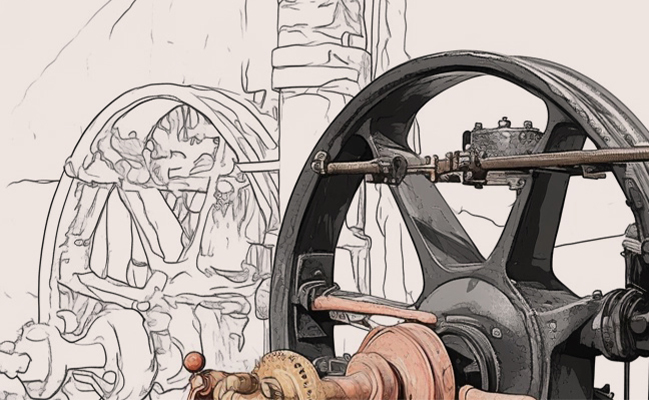
Back in Geelong, Hirst supported the Gordon Technical College as a centre for textile education, serving as its president from 1913 to 1916. A man of many hobbies, Hirst enjoyed time at the Belmont and Corio clubs and was a keen lawn bowler. A self-taught musician, he was the organist at St George’s Presbyterian Church from 1889 and a vice-president of the Geelong Musician Society. He also sponsored the Excelsior Mills choir and contributed actively to the musical life of the Belmont Methodist Church.
Known for his strong principles and high expectations, Hirst once ran unsuccessfully for the South Barwon Shire Council and became a Justice of the Peace in 1908. Hirst passed away in 1917, leaving behind a lasting contribution to the revival of Geelong’s woollen industry in the early 1900s.
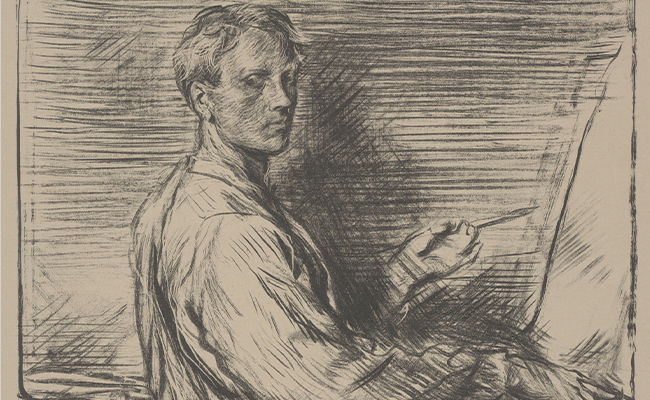
In 1922, following the death of Charles Shannon, Mrs Hirst opened a new dining hall. The following year, seven additional looms and new machinery were purchased. The mills continued to operate under the leadership of Willie Hirst until his death in 1925, after which Lewis Hirst became Managing Director.
In 1951, Godfrey Hirst’s grandson, Cedric Hirst, took the reins following the passing of his father Lewis. More than 15 years later, in 1966, the company narrowed its focus to carpet production. In 2006, Godfrey Hirst & Co. Pty Ltd acquired Feltex Carpets Limited.
A publicly listed company in New Zealand, Feltex began operations in 1921 with the manufacture of felt slippers and began producing carpets in the 1940s. Its Australian manufacturing operations date back to the 1920s, producing under well-known brand names such as Feltex Reserve, Feltex Classic, Feltex Commercial, Feltex Woven, Invicta, Kensington, Redbook, Minster and Tile modular carpet. In New Zealand, Feltex also produced wool yarn and scoured wool for its own use and for export.

In 2018, Godfrey Hirst was acquired by Mohawk Industries, the world’s largest flooring company. This move allowed Godfrey Hirst to expand its product offering and capabilities globally, while introducing Mohawk’s top commercial products to the Australian market. That same year, GH Commercial was established to house the expanding portfolio of local and global brands under one umbrella.
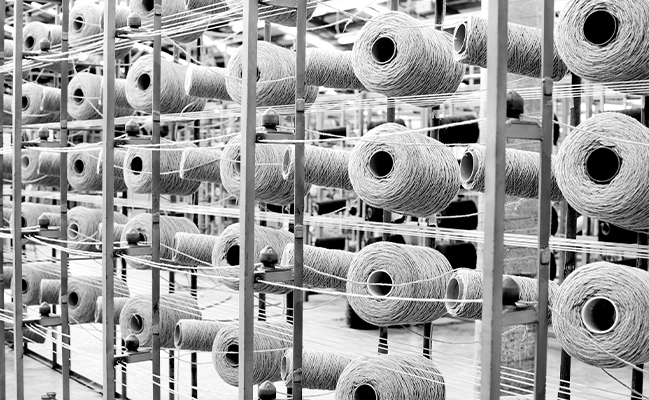
In 2025, the residential Godfrey Hirst brand and the commercial GH Commercial brand continued to grow from strength to strength. With a sharp focus on innovation, a strong presence in the market and a commitment to listening to customers, the business remains a powerhouse in the carpet and flooring industry.
